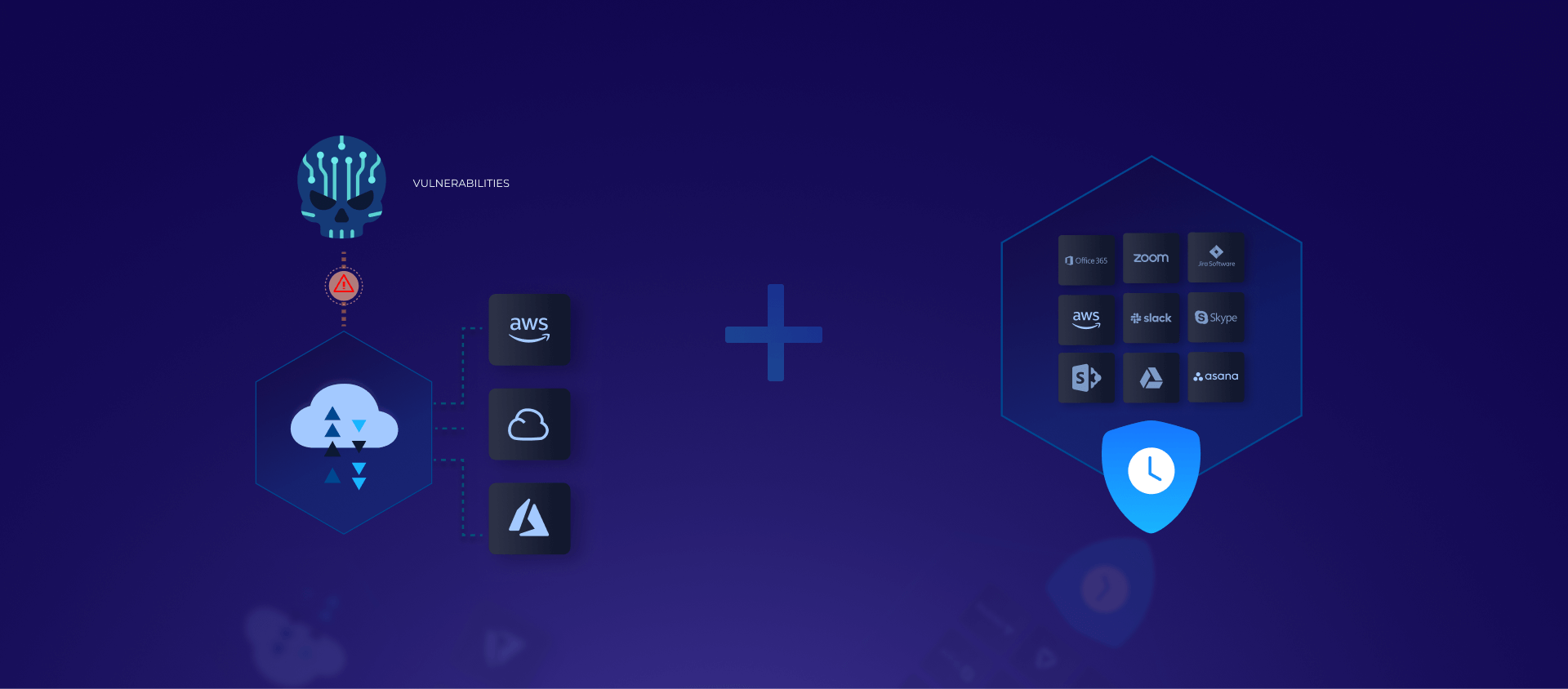Cloud workload protection and runtime application self-protection (RASP) are two important technologies that are used to protect applications and data in the cloud. While there are some similarities between the two, they are designed to address different types of security threats and have different strengths and limitations.
Cloud workload protection is a security solution that is designed to protect applications and data in the cloud. It typically involves the use of security controls, such as firewalls and intrusion detection systems, to monitor and protect against external threats. Cloud workload protection can be applied to a variety of cloud environments, including infrastructure-as-a-service (IaaS), platform-as-a-service (PaaS), and software-as-a-service (SaaS) platforms.
One of the key advantages of cloud workload protection is that it provides a layer of security that is independent of the application itself. This can be useful for protecting against external threats, such as attacks from hackers or malicious software. However, cloud workload protection is limited in its ability to protect against threats that originate from within the application, such as malicious code that is introduced during the development process.
RASP, on the other hand, is a security solution that is designed to protect applications at runtime. It involves the use of security controls that are integrated into the application itself, allowing it to monitor and protect against both external and internal threats. RASP is typically used to protect web applications and can be applied to applications that are running on-premises or in the cloud.
One of the key advantages of RASP is that it provides protection against threats that originate from within the application. This can be useful for identifying and preventing attacks that are launched by malicious insiders, such as employees or contractors who have access to the application. RASP is also effective at protecting against threats that are designed to exploit vulnerabilities in the application’s code, such as buffer overflows or SQL injection attacks. However, RASP is limited in its ability to protect against external threats, such as attacks from hackers or malware.
In summary, cloud workload protection and RASP are two important technologies that are used to protect applications and data in the cloud. While they have some similarities, they are designed to address different types of security threats and have different strengths and limitations. Choosing the right approach will depend on the specific needs of your organization and may involve the use of both technologies in combination.
